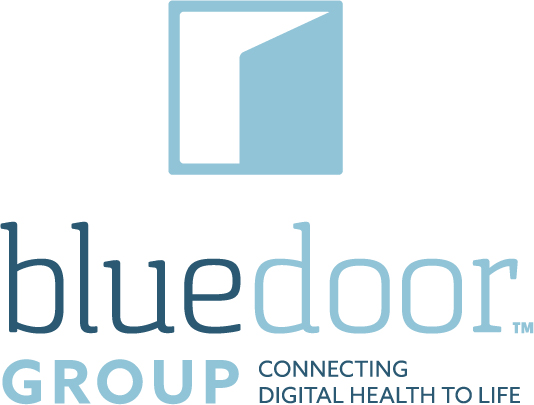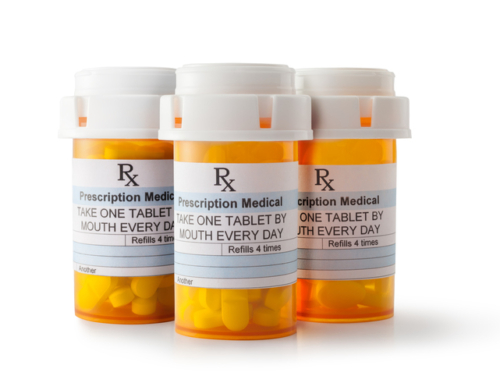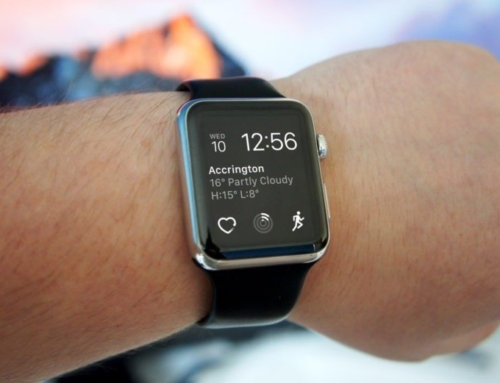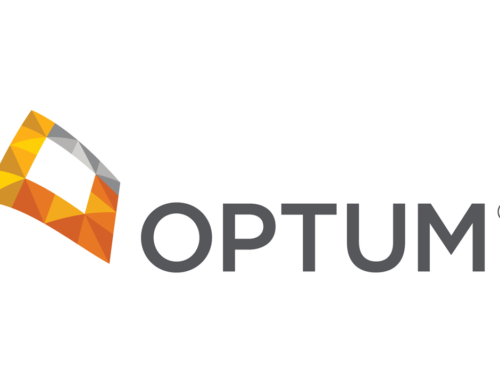By Rachel Z. Arndt | September 13, 2017
Epic Systems Corp. is making headway in the quest for interoperability and potentially fulfilling meaningful use requirements with a new way for patients to send their medical records to their providers.
The new product, called Share Everywhere and unveiled Wednesday, allows patients to give doctors access to their medical records through an internet browser. That means doctors don’t have to have their own electronic health record systems and the information can be shared despite not having EHRs that can communicate.
“This is really patient-driven interoperability,” said Sean Bina, Epic’s vice president of access applications. “This makes it so the patient can direct their existing record to the clinician of their choice,” he said, regardless of whether that patient is one of the 64% of Americans who have records in Epic EHRs or whether that doctor is one of the 57.8% of ambulatory physicians who use Epic.
The receiving doctors need only have a computer and an internet connection—a requirement that might have been helpful in the recent hurricanes.
Epic clients received about 40% more records from the Houston area after Hurricane Harvey struck, Bina said.
Essentially, Share Everywhere is analogous to what a patient might already do today to share his or her medical record: Get a printout from one provider and bring that physical copy to another. “We’ve all been in situations where we have a family member who is carrying around a whole stack of paper charts to be able to share that information when they go to a new place for care,” Bina said.
With Share Everywhere, which is digital, there’s no need for physical copies, and there’s no need to ask the provider who holds the record for access. Instead, a patient can generate a shareable code from within Epic’s patient-facing app. The receiving doctor then uses that code to access the patient’s medical history via a website.
The exchange doesn’t end when the patient grants the new doctor access. After that doctor has seen the patient, the doctor can add a note to the patient’s original record, sending a standard direct message that’s added to the patient’s EHR. “That makes it so there’s continuity of care,” said Janet Campbell, Epic’s vice president of patient engagement.
Privacy isn’t a concern in this transmission, said Ken Dort, a partner and cybersecurity expert at Drinker Biddle & Reath. “The patient information is the patient’s,” he said. “It’s flowing from the patient to the doctor, so the person who should be having the control does.”
Not only do patients have control over their own information under the HIPAA privacy rule, they’re also supposed to be granted such control under the principle of meaningful use, which stipulates that technology should allow patients to be able to view, download and transmit their records—an important step toward interoperability.
“Where we are now is we’re looking at how do we get the data into the workflow of the clinician so it’s not something else they have to do, it’s just there,” said Charles Christian, vice president of technology and engagement for the Indiana Health Information Exchange. “There is a massive amount of data that’s being shared for a variety of reasons. The question is, how much of it is actually being used to have an impact on the outcomes?”
Epic hopes patients themselves will, in part, drive the efficacy of Share Everywhere. “By making this available directly to patients, we’re able to allow patient demand to drive these interactions,” Campbell said.
Share Everywhere will be delivered to Epic users in a November update of MyChart. “I think it’s pretty common that people want to be able to share their records with physicians to get their feedback, and today there really isn’t a good way to do that,” Campbell said.









